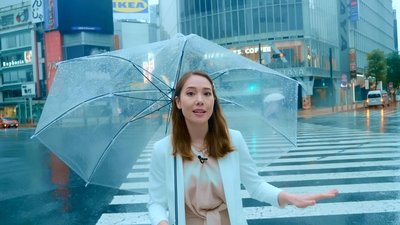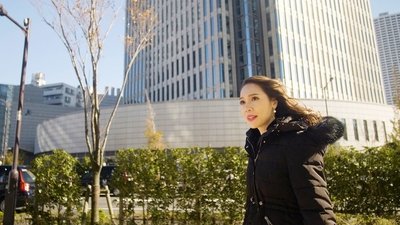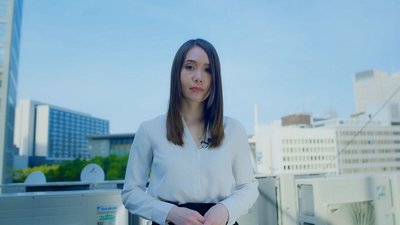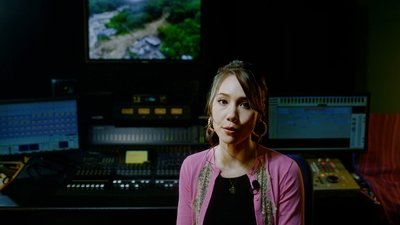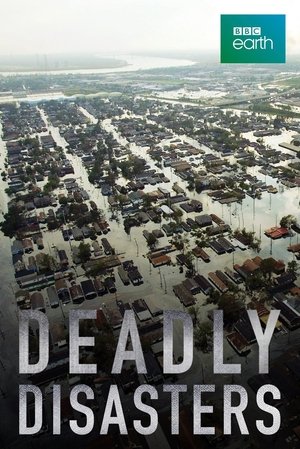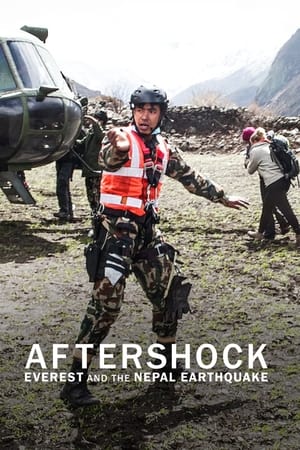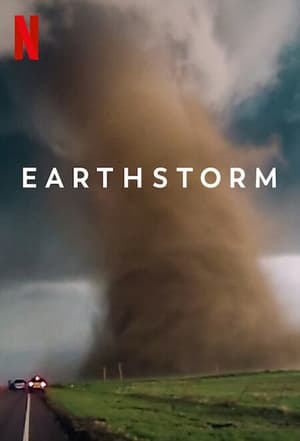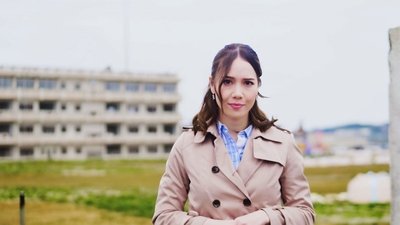
Tsunami
Episode 1 • May 01, 2020
Japan has a long history of natural disasters. BOSAI explores how to overcome them and save lives with the power of science. This first program is about tsunami. First, we visit ruins in Miyagi Prefecture from the 2011 Great East Japan Earthquake, and learn how the psychological state of "normalcy bias" affects humans in a disaster. We also look at the characteristics of a tsunami, and new initiatives created with the aid of a supercomputer to help with evacuation drills and other countermeasures.


